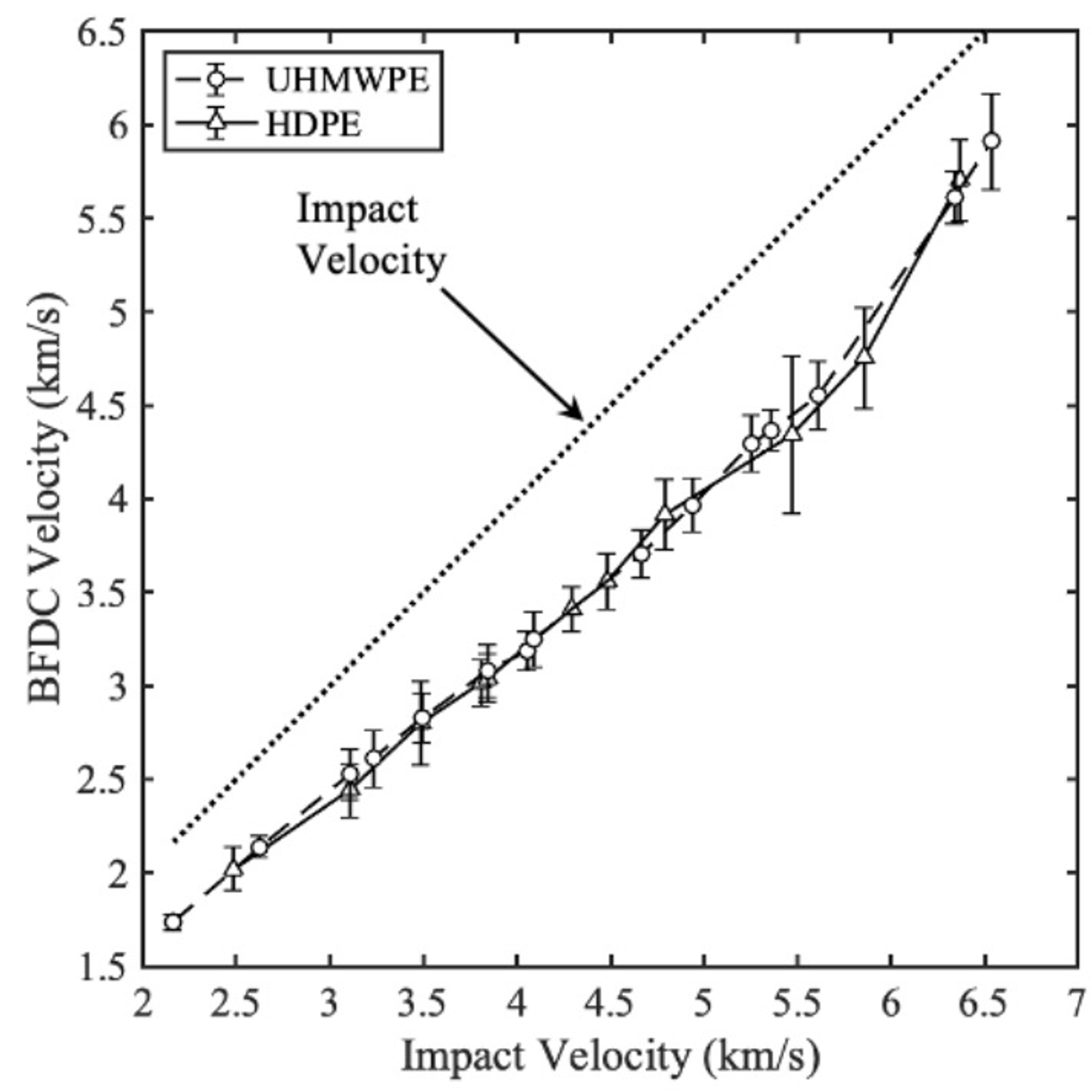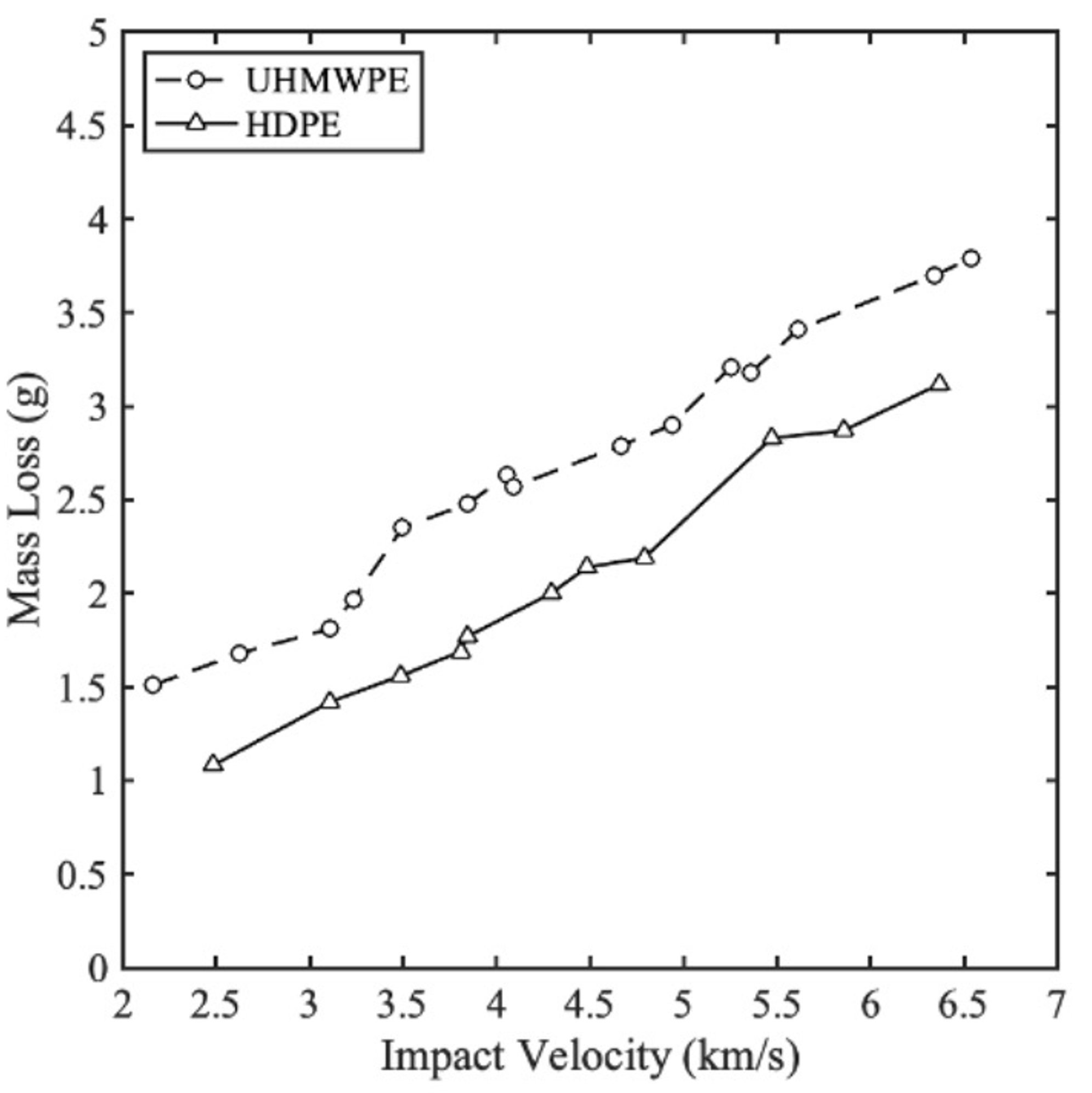Microscopy
Fractography assessment of the perforated target fracture surfaces can provide valuable insights into the fracture behavior and various failure modes involved during an extreme dynamic event. Optical and scanning electron microscopy are the main methods utilized for characterizing such target fracture surfaces. The MEE team has developed an expertise in operating
- (relatively) low magnification/resolution optical microscopes.
- high magnification, and ultra-high resolution scanning electron microscopes.
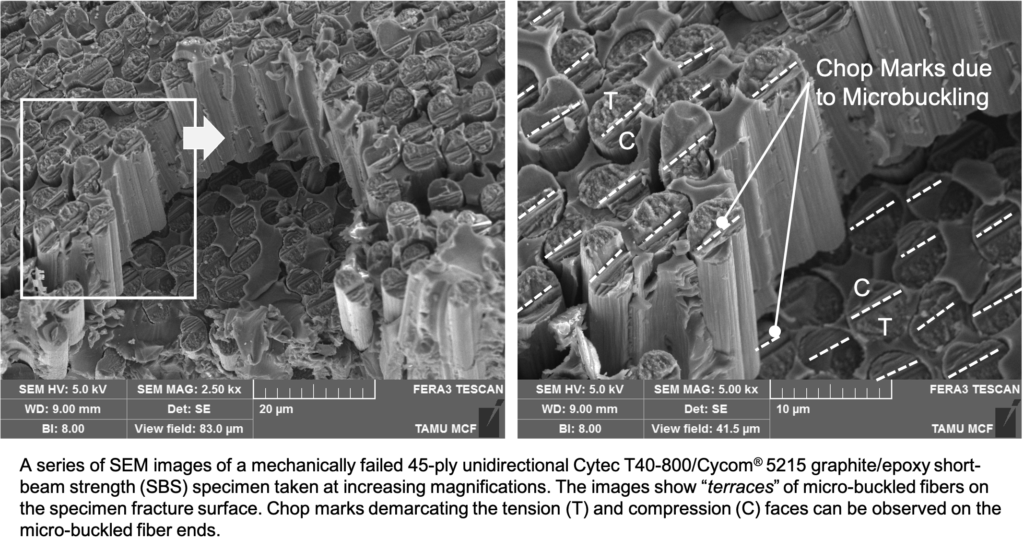
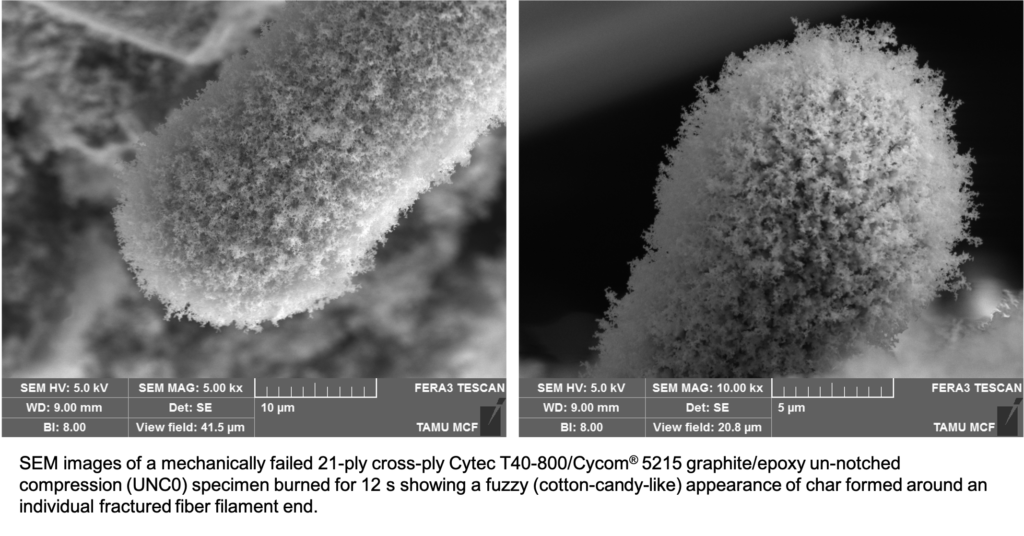
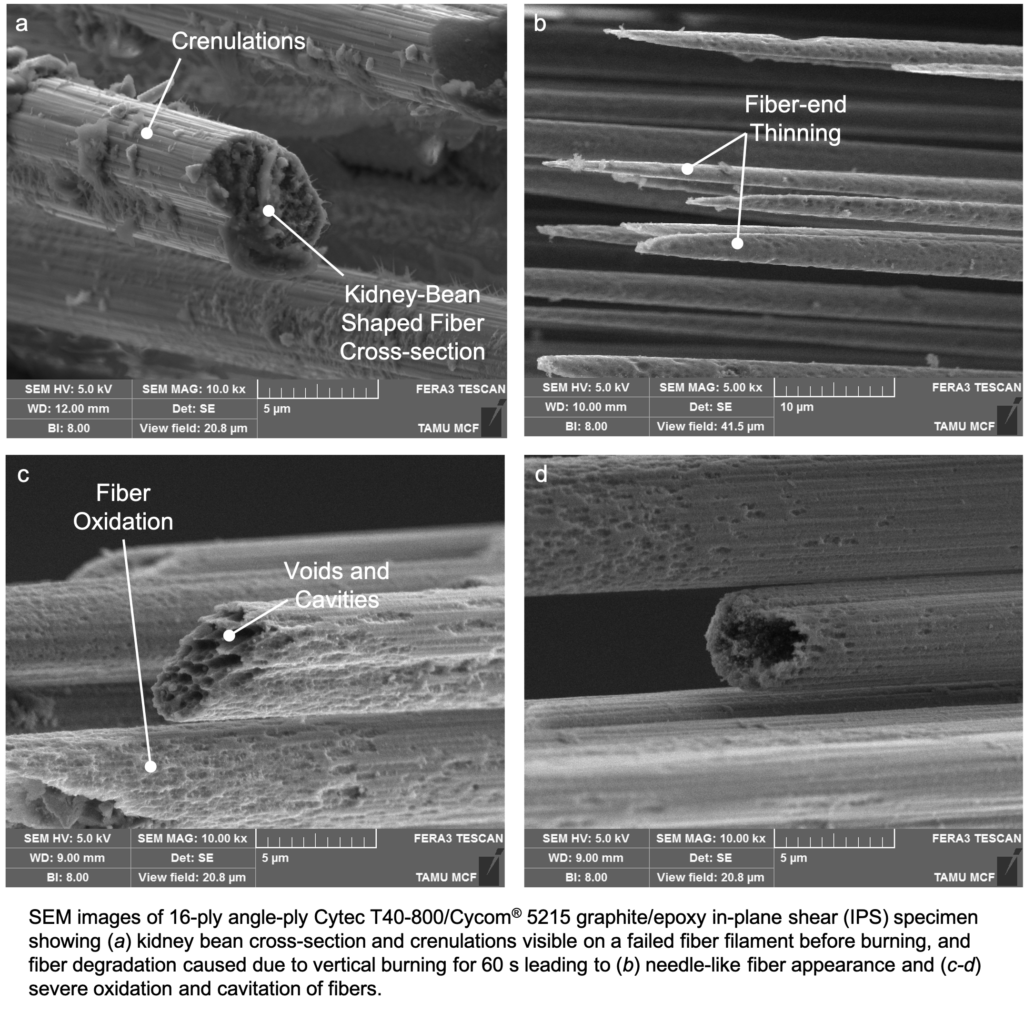
Polymer Material Characterization
Lightweight polymers are being increasingly used in ballistic and micrometeoroid/orbital debris shielding concepts for space and military applications to protect against HVIs. The MEE team is actively pursuing the development of novel layered and architectured polymer protective structural concepts. One of the key challenges in applying polymers within such protective structures is understanding their complex behavior when subjected to high strain‑rate HVI conditions. In general, polymer chemistry and microstructure heavily influence their impact response. The MEE team has expertise in many polymeric material characterization methods, including
- differential scanning calorimetry (DSC).
- dynamic mechanical analysis (DMA).
- gel permeation chromatography (GPC).
- thermogravimetric analysis (TGA).

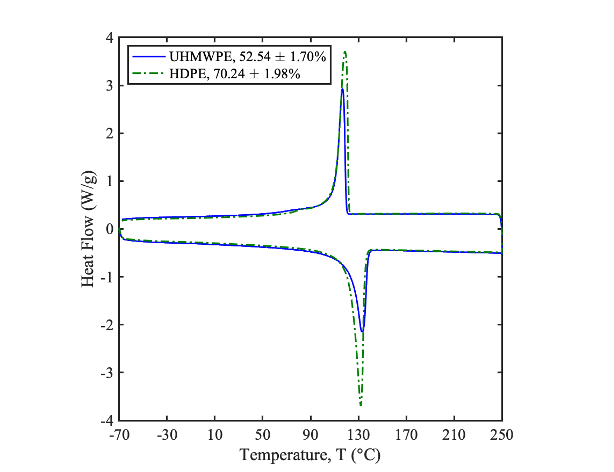
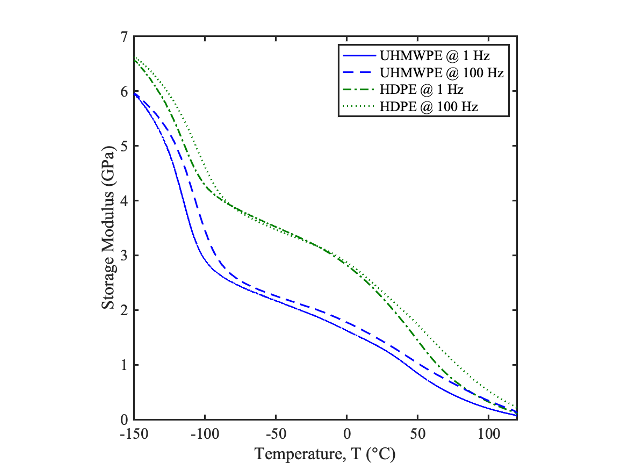
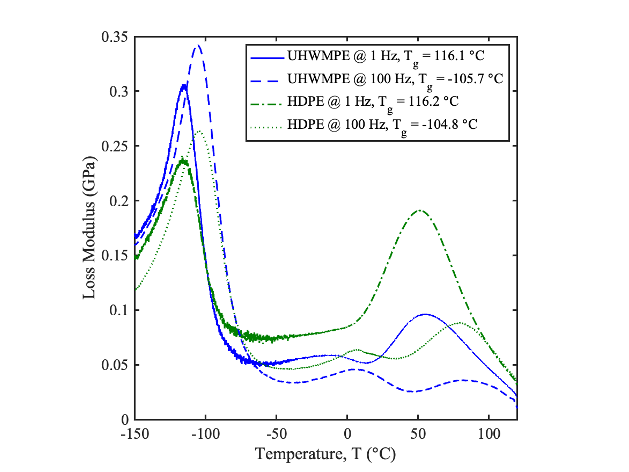
General Material Property Characterization
In addition to the above techniques, the team has gained extensive experience and expertise in performing ASTM standard tests to determine material (e.g., metal, composite, polymer, concrete)
- hardness.
- density.
- impact strength.
- tensile strength.
- shear strength.
- flexural properties.
Forensic analysis
As a supplement to the in situ analysis performed during HVI events such as debris could/velocity tracking, MEE also performs forensic examination of the HVI specimens to characterize mass loss, perforation radii, and damage morphology.

